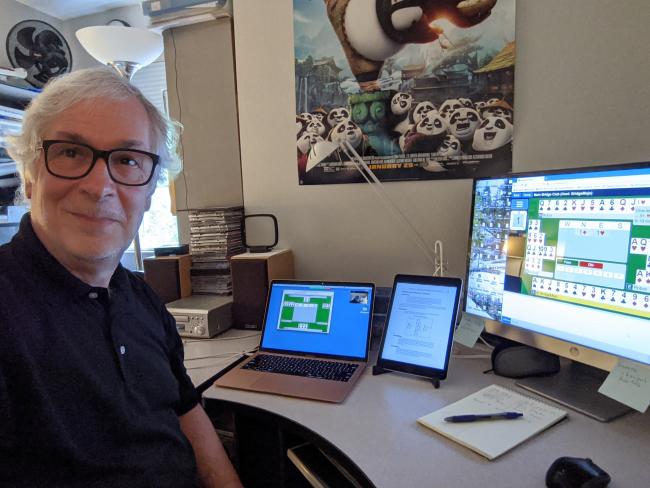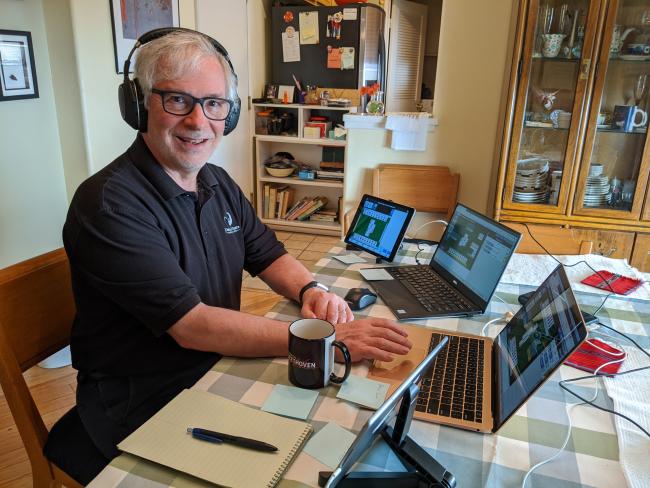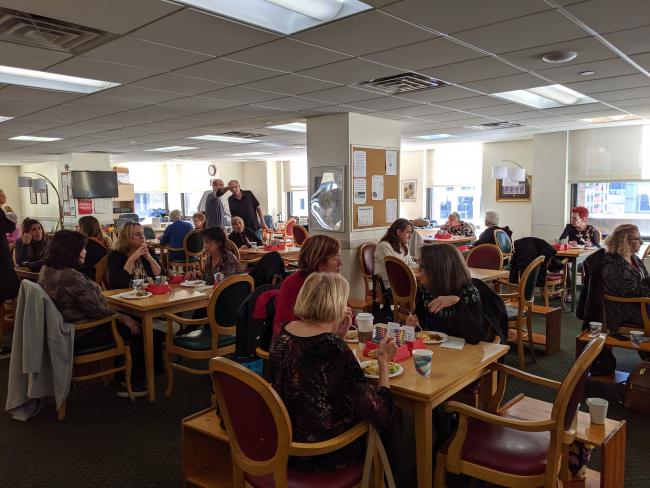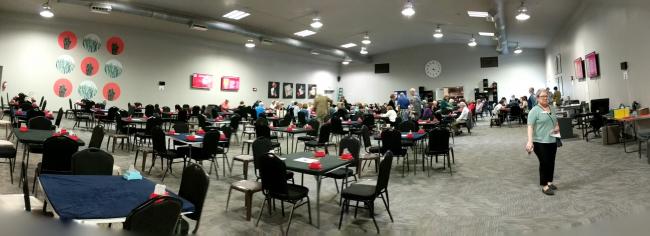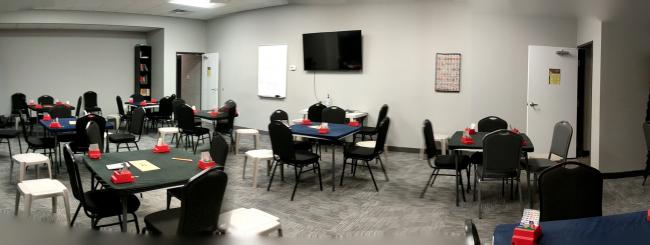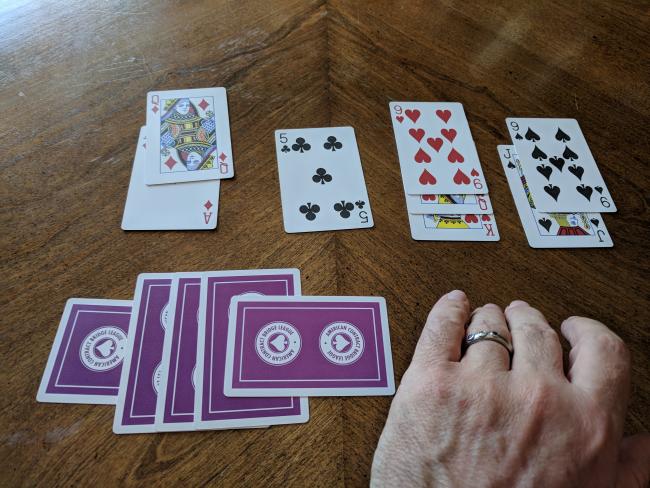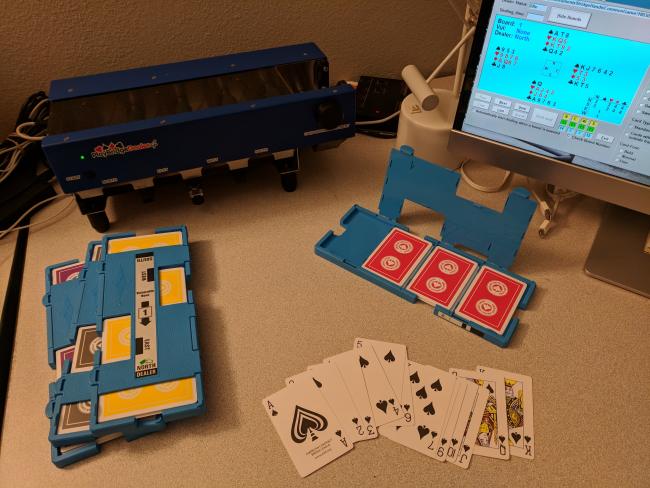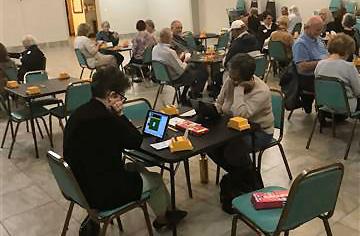Online classes available
I'm happy to offer the following classes for very small groups of students online, using Zoom and Bridge Base Online.
The ideal class size is four students, but as few as two or as many as six can be included.
Typically classes run for about 90 minutes each, and the price is $25 per student. Purchase lessons in bulk: 4 classes for $90.
Here are class subjects available:
- Supervised bridge play, using hands from previous tournaments
- Defense, up to 8 lessons
- Play of the hand, up to 8 lessons
- Competitive Bidding, up to 6 lessons
- Popular conventions, up to 6 lessons
- 2/1 Game Force, up to 6 lessons
- Improving your Judgment: Doubles, 4 lessons
I also have shorter series of hands that are great ways to practice particular skills. Each session will consist of eight hands, with two classes available for each series.



